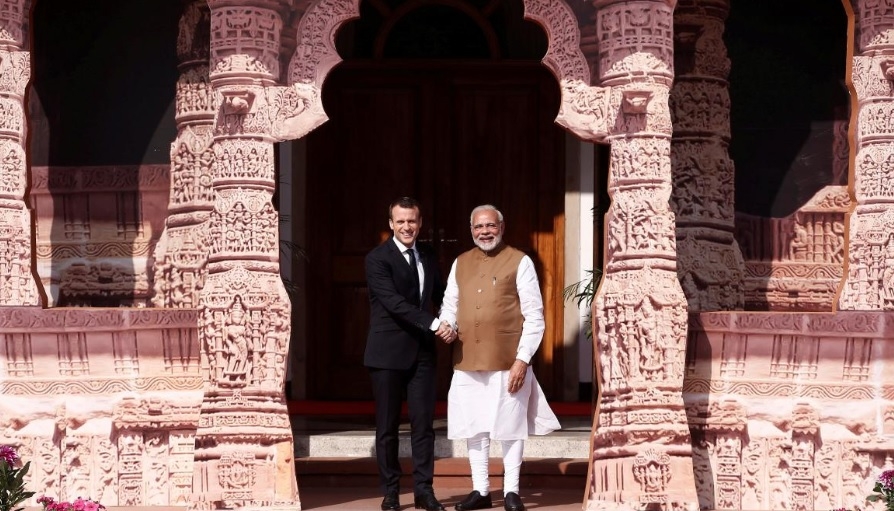Solar power gets another boost from India, France and the ADB

The Asian Development Bank (ADB) and the International Solar Alliance (ISA) have signed a new agreement to promote the development of solar energy in Asia and the pacific. This includes solar power generation, solar based mini grids and transmission systems for integrating solar energy into grids.
The ISA was established by Indian Prime Minister Narendra Modi to support the Paris Agreement of 2015 with the aim of reducing the cost of finance and technology and mobilise over US$1000 billion of investment for the deployment of solar energy.
The ISA has 60 signatories with 30 of those having ratified the agreement, the majority of which fall between the Tropics of Cancer and Capricorn.
Bambang Susantono, ADB Vice-President for Knowledge Management and Sustainable Development, commented:
“ADB’s energy policy commits $3 billion per year by 2020 for promoting clean energy, including solar energy projects in its developing member countries”
“We are happy to work with ISA to mobilize additional investments to meet ISA’s goals for the massive deployment of affordable solar energy.”
The agreement will also involve knowledge sharing and developing technology roadmaps for the promotion of solar energy, the development of financial instruments to support solar energy deployment and the exploration of concessional financing through trust funds or special funds.
Similarly, on Sunday Indian Prime Minister, Narendra Modi, and French President, Emmanuel Macron, hosted the launch of the solar energy partnership that aims to build a network to assist tropical countries in boosting their solar power.
As part of this project, India will offer financial support to 27 solar projects in other countries and France will commit €700 million to the alliance.
The push to solar power has been in part boosted by its steadily declining costs. The production a unit of solar power costs 2.5 rupees, a cost similar to traditional energy sources.
India has set itself ambitious targets of installing 175 GW of renewable energy, with at least 100 GW of this coming from Solar, by 2020.
In February this year Modi also announced a $2.5 billion plan to electrify every Indian household by 2019 with 60% of new grid connections expected to be to renewable power.
However, India currently sources 75% of its energy from coal, but this is expected to fall to 50% by 2040.
Although India’s aims appear very ambitious, since 2014 it has increased its solar power by 7 times, or 20 GW.
India's transition to renewable energy represents a new model for developing countries going forward. As the top contributor to growth in energy demand it has the power to set an example for other developing countries.
The AIDF Asia Summit will return for its 4th year on 20-21 June in Bangkok, Thailand.
If you’d like to stay informed on the latest updates in aid and development, please sign up to the AIDF newsletter.
Image credit: Adnan Abidi














